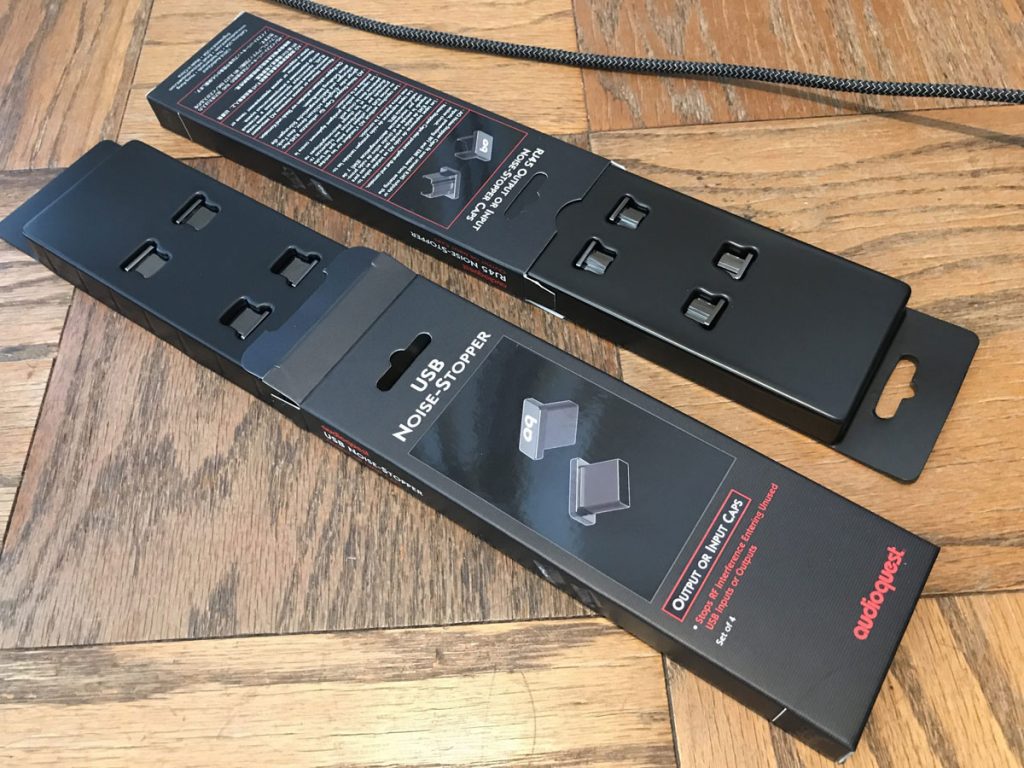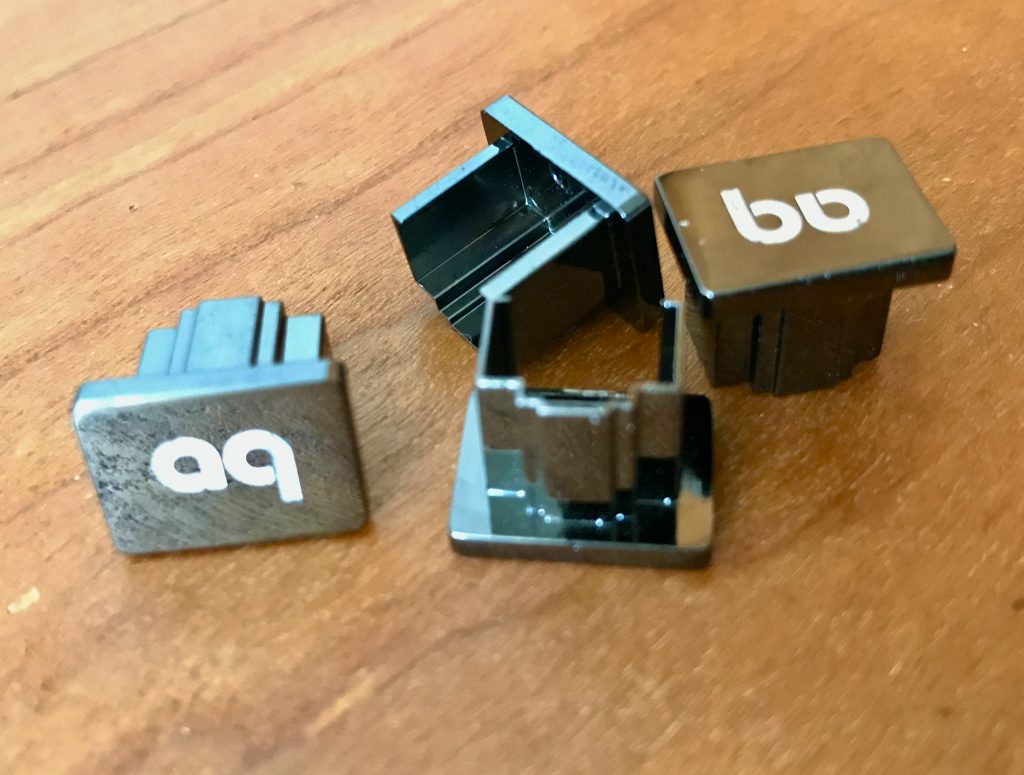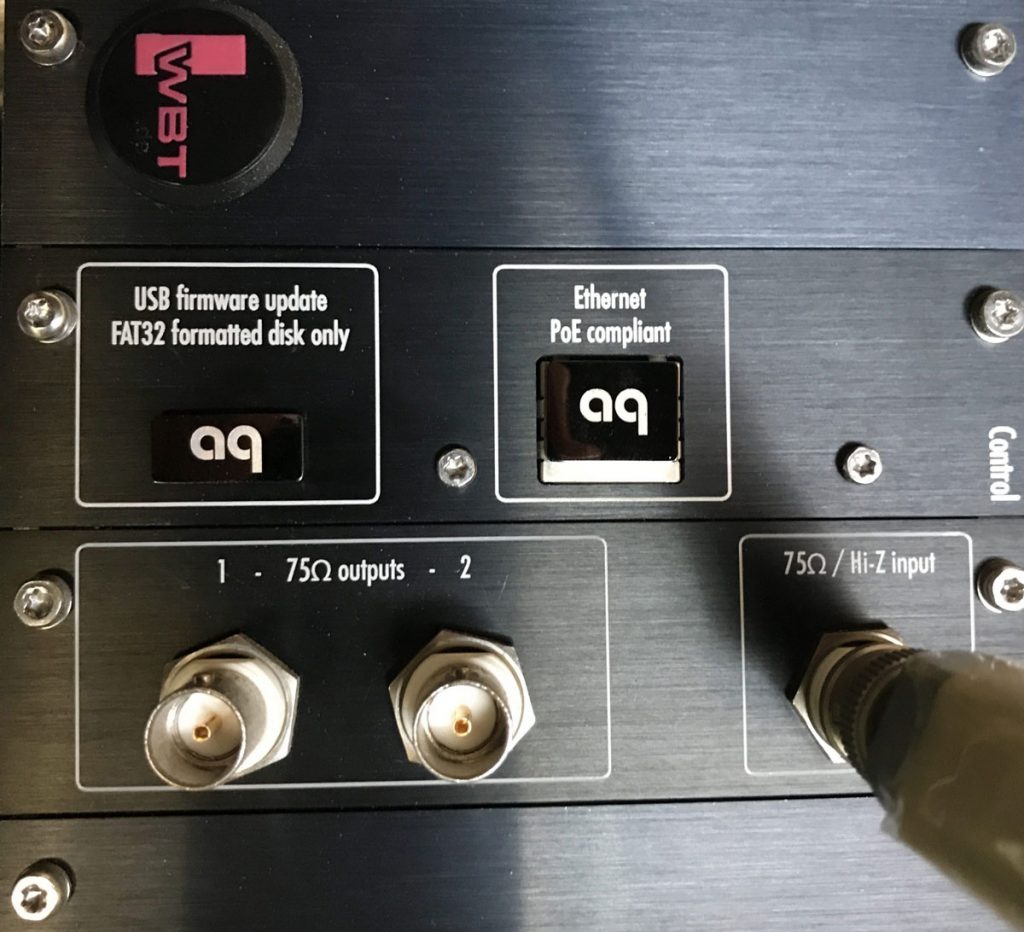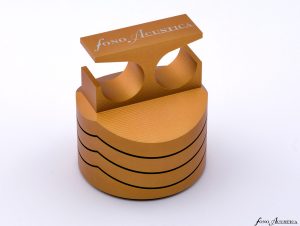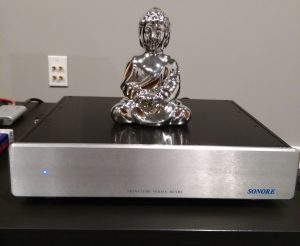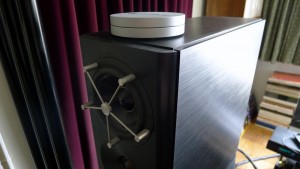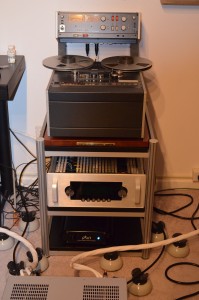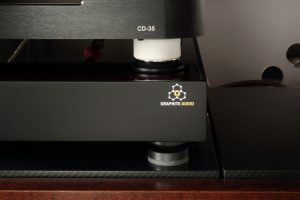Stick around long enough and you get to witness the life cycle of a fad. Presently, the audiophile community has been riding herd on RFI, judging by the third-party Band-Aids proliferating on Audiogon and webzine talk. I believe the interest to be an offshoot from the prior focus on the electrical ground: after all, RFI travels along ground wires. Or maybe it was the other way around—RFI came first and electrical ground followed? Either way, count me in. The attention is both long overdue and welcome.
We know RFI exists and can measure it, but does anybody really have a handle on its effects? Still, wanting a practical answer doesn't stop fingers pointing and rendering a verdict—guilty! Of what, your honor? The problem you haven't mentioned just yet. I see.
A Clear View
A couple of years ago, I did something about this airborne invader. I capped the unused RCA and XLR plugs on each component to very good effect. I've been meaning to have a second go at it, since there are still plenty of USB, BNC, and RJ45 open plugs, but my attention strayed. Meanwhile, the articles and solutions continue to proliferate. So I cycled back and acquired some AudioQuest USB and RJ45 Noise-Stopper Caps.
I began this round by placing one USB and Rj45 cap on the back of each of my CH Precision M1.1 monoblocks. (The amps have USB ports for flash-drive firmware updates and Rj45 ports dedicated to network remote controlling, as do all CH components.)
This is one of the easiest A/Bs I've ever done. There's no doubt about the change: improved clarity and stereo separation across the stage, and some beefing up of the low frequencies. On the other hand, what happened to the atmosphere on the stage? I had concerns about high-frequency extension and reduced air. I'm missing some tizziness from the cymbals and some ringing on piano top notes.
I invited Lynn to render an opinion, since her hearing is more extended in the treble range. "There's no problem with frequency extension," she said, and didn't mention anything about the atmosphere. That's an all-clear sign then. I went back and removed the caps from the amps. Now the cymbal rivets sound like they are working overtime and the ambience makes everything seem out of focus.
Within minutes I had the entire bank of front-end components similarly dressed. As each RFI cap was added the effects compounded. Step two didn't take long at all. At first, you may miss the tizziness, but hang in there—it takes a little time to acclimate.
Conclusion
Ambient RFI in the contemporary domicile is pervasive and he's a powerful opponent. Happily, the marketplace is flush with solutions.
There's no more affordable way to get on board than by plugging those unused sockets in back of your components. Start with RCA and XLR caps. After you're familiar with the effects, which are similar to those of the expensive ground dissipation systems that are now so popular, move on to the unused USB and Rj45 caps.
AudioQuest makes USB and RJ45 Noise-Stopper Caps, a package of 4 package costs $29.95. (They also make RCA and XLR caps, if you need those.) The caps work as advertised, are remarkably effective, and the effects are cumulative. For the price, they yield outsized impact—one of the most cost-effective tweaks I've come across.
Some guys say the metal they're made from makes a difference. You can get caps made of copper, nickel-plated brass, gold-plate, etc., and each has its devotees. Someone else is welcome to run the comparisons. The AudioQuest USB and RJ45 Noise-Stopper Caps are made of chrome-coated zinc alloy and I'm very happy with them.
Rj45 Noise-Stopper Caps
Retail: 29.95/Set of 4
USB Noise-Stopper Caps
Retail: 29.95/Set of 4
AudioQuest




